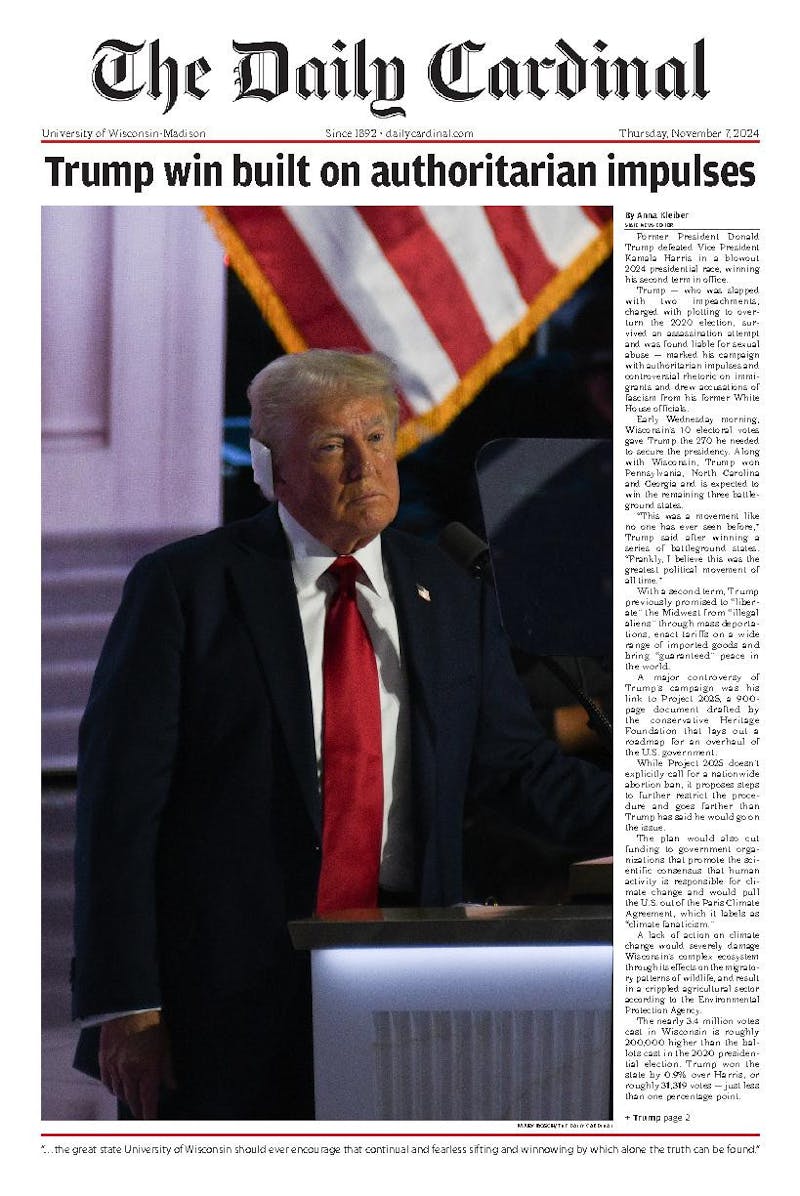American. Corrupt. Dubious. Tough. Young. Since Chicago was incorporated as a city in 1837, these are the adjectives authors, politicians and celebrities have used to describe America's ""second city."" It blossomed after New York. It lacked the glamour of the West Coast. When author and playwright Oscar Wilde visited the city in 1882, he commented, ""It should be torn down ... Your city looks positively dreary.""
World's Columbian Exposition: In 1893, Chicago hosted the fair commemorating the 400th anniversary of Christopher Columbus' discovery of America. The event attracted 27,539,000 visitors and ran for six months, displaying an array of novelties including the ferris wheel.
If you go: Read \Devil in the White City"" for a historical fiction account of the fair, its significance and the intrigue associated with it.
The Galena & Chicago Union Railroad/Illinois & Michigan Canal: Both completed in 1848, the railroad and canal helped Chicago ""establish itself,"" Durkin Keating said. ""A big piece of my argument is that's really what made Chicago distinctive."" It was the last major canal constructed in the country.
If you go: The canal ceased official operations in 1993. You can see the remaining parts at the I&M Canal Heritage Corridor, maintained by the National Park Service.
Wrigley Field: No history of Chicago is complete without mentioning Wrigley Field, one of the three oldest ballparks in the United States. The field was completed in 1914. Construction cost $250,000, and was the home of the Federal League Chicago Whales when it first opened. In 1915, owner Charles H. Weeghman purchased the Chicago Cubs. The park was named Cubs Park in 1920 when the Wrigley family purchased the team, and was re-named Wrigley Field in 1926. The outfield's signature vines were purchased in 1937. Lights were not added until 1988.
If you go: Tickets typically sell out quickly, but visit cubs.mlb.com to check when they go on sale for the 2007 season. Each season, the club gives 90-minute park tours that cost $20. Tickets can be purchased on the Cubs' website.
Flow of Chicago River reversed: Between 1860 and 1900, the number of deaths from polluted water created an emergency. The city decided in 1887 to reverse the flow of the Chicago River to carry the human waste away from Lake Michigan and down the Mississippi River.
Engineers built a 28-mile canal, completed in 1900, that started at the south end of the river and flowed toward Lockport, Ill. Another small river was built in 1910 that connected Lake Michigan to the north branch of the river to divert waste from the suburbs, and the third river was completed in 1922.
Currently, 71 miles of canals and rivers make up the city's waterways. The American Society of Civil Engineers named the Metropolitan Sanitary District of Greater Chicago one of the seven engineering wonders of the United States in 1955.
If you go: Take a boat tour of the Chicago River and Lake Michigan. A list of available companies and prices is available at: www.chicagotraveler.com/boattours.htm.
The Chicago Fire: Who can forget the classic tale of Mrs. O'Leary, her cow and a torch that lit up America's second city in flames? The flames began at approximately 9 p.m. Oct. 8, 1871. Nobody knows for sure what started the blaze, but it originated at the Patrick O'Leary cottage on Chicago's West Side. At this point in the city's history, most of the sidewalks and buildings were made of wood, making it vulnerable to such a disaster. After the flames died down, 300 people were dead and 90,000 homeless. The city suffered $200 million in property loss, but was mostly rebuilt by 1875.
If you go: The Chicago Historical Society has dedicated a web page to the event with personal accounts, photographs, maps and essays: www.chicagohs.org/fire/intro/.





